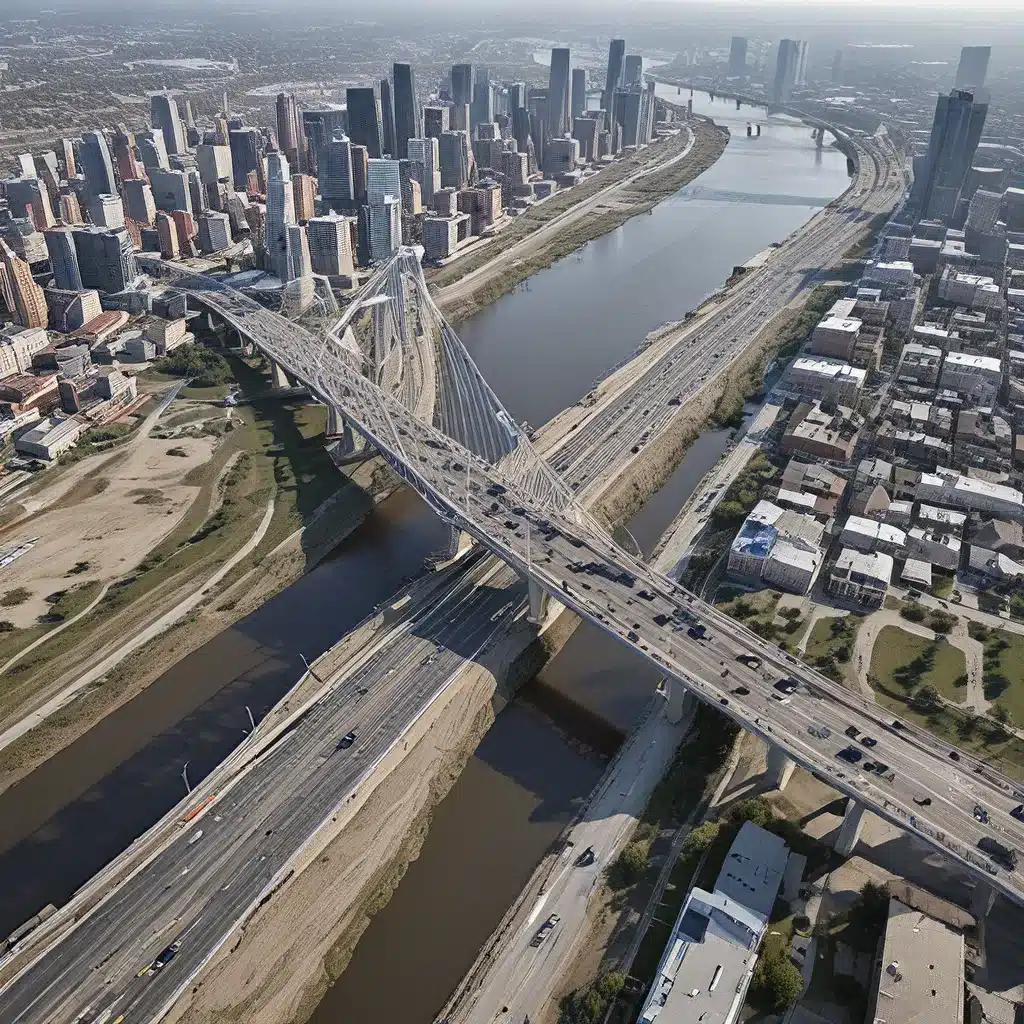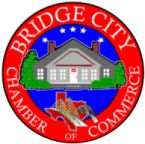
In the bustling heart of Bridge City, the pulse of progress echoes through every fiber of its infrastructure. From the towering bridges that span its mighty rivers to the intricate web of telecommunications that keep us connected, this city has long been a shining example of modern engineering. But as the winds of change sweep across the globe, Bridge City finds itself facing a new challenge – the need to build a resilient future in the face of an ever-changing climate.
Rethinking Urban Design
As I stroll through the streets of Bridge City, I can’t help but marvel at the ingenuity that has shaped this metropolis. The towering Nanpu Bridge, for instance, is an engineering marvel – a testament to the city’s commitment to connectivity. Yet, as I gaze up at its soaring arches, I can’t help but wonder: How can we ensure that this, and other vital components of our infrastructure, remain steadfast in the face of the challenges to come?
According to Sybil Derrible, a civil engineer from the University of Illinois at Chicago, the key lies in a fundamental shift in our approach to urban design. “Cities are designed based on their location and needs,” Derrible explains. “Because of climate change, cities will need to become more resilient – power grids will need to supply more energy for cooling without becoming overwhelmed, and sewer systems will need to handle massive rain events.”
In other words, the time has come to rethink the way we build and maintain our infrastructure. No longer can we simply react to crises as they arise; we must proactively create systems that can withstand the unpredictable and ever-changing climate.
Reducing Demand, Increasing Supply
Derrible’s research suggests two key principles that can guide our efforts to build a more resilient Bridge City: reducing the demand for resources and increasing the supply of those resources within reason.
Reducing Demand:
One of the most pressing issues facing our city is the growing demand for electricity, particularly during the scorching summer months. As temperatures rise, the strain on our power grid becomes increasingly evident, with the risk of blackouts looming large. To address this challenge, Derrible suggests that we focus on reducing the demand for heating and cooling in our buildings. This could involve implementing energy-efficient design strategies, such as better insulation, natural ventilation, and the use of reflective roofing materials.
Increasing Supply:
But reducing demand alone is not enough. We must also look to increase the supply of sustainable energy within our city. This means investing in renewable sources like solar and wind power, as well as exploring innovative technologies like energy storage and microgrid systems. By diversifying our energy portfolio, we can ensure that our city’s power supply remains reliable and resilient, even in the face of extreme weather events.
Integrated Infrastructure
Another key aspect of Derrible’s vision for resilient infrastructure is the concept of integrated functionality. Rather than treating each system in isolation, he suggests that we should strive to create multi-functional infrastructure that can serve multiple purposes simultaneously.
An example of this approach could be the installation of green infrastructure in our roads. Not only would this help to prevent flooding and sewer backups, but it could also enhance the aesthetic appeal of our streets and promote urban biodiversity. By blending functionality, we can create a more efficient and adaptable infrastructure that can withstand the challenges of the future.
Embracing Technological Solutions
As we work to transform Bridge City’s infrastructure, we must also be mindful of the potential of emerging technologies to enhance our resilience. Artificial Intelligence (AI), for instance, could play a crucial role in optimizing the performance of our systems, allowing us to better manage energy consumption, water usage, and transportation networks.
The OECD, in its policy perspectives on climate-resilient infrastructure, emphasizes the importance of effective governance in harnessing the benefits of AI while mitigating its risks. By establishing clear guidelines and standards, we can ensure that technological innovations are deployed in a responsible and sustainable manner.
Collaboration and Transparency
Resilient infrastructure is not the responsibility of any one entity; it requires a collaborative effort from all stakeholders, including government, industry, and the community. The OECD’s research highlights the need for enhanced transparency and information exchange to address challenges like tax evasion and avoidance, which can undermine the funding and resources needed for critical infrastructure projects.
By fostering a culture of transparency and collaboration, we can unlock the collective expertise needed to tackle the complex challenges facing Bridge City. This could involve engaging with local residents, seeking their input and feedback, and empowering them to become active participants in the transformation of our city.
A Call to Action
As I reflect on the road ahead, I’m reminded of the words of Sybil Derrible: “These challenges are significant, but they also offer an opportunity to rethink how cities are planned, built, and operated.” And that’s precisely what we must do in Bridge City.
By embracing a holistic, sustainable approach to infrastructure development, we can create a future-proof city that not only withstands the ravages of climate change but also thrives in the face of adversity. It’s a vision that requires vision, determination, and a willingness to think beyond the status quo.
So, let us roll up our sleeves and get to work. The challenges may be great, but the rewards of a resilient Bridge City are even greater. After all, as the Bridge City Chamber of Commerce likes to say, “When the going gets tough, the tough get resilient.”


